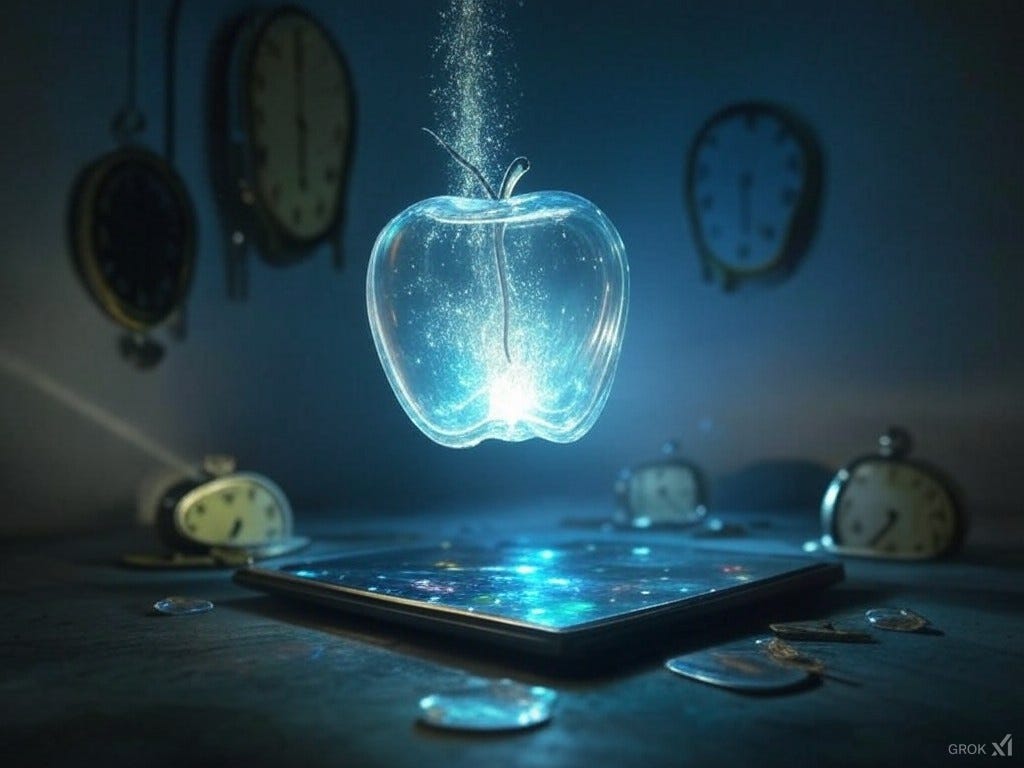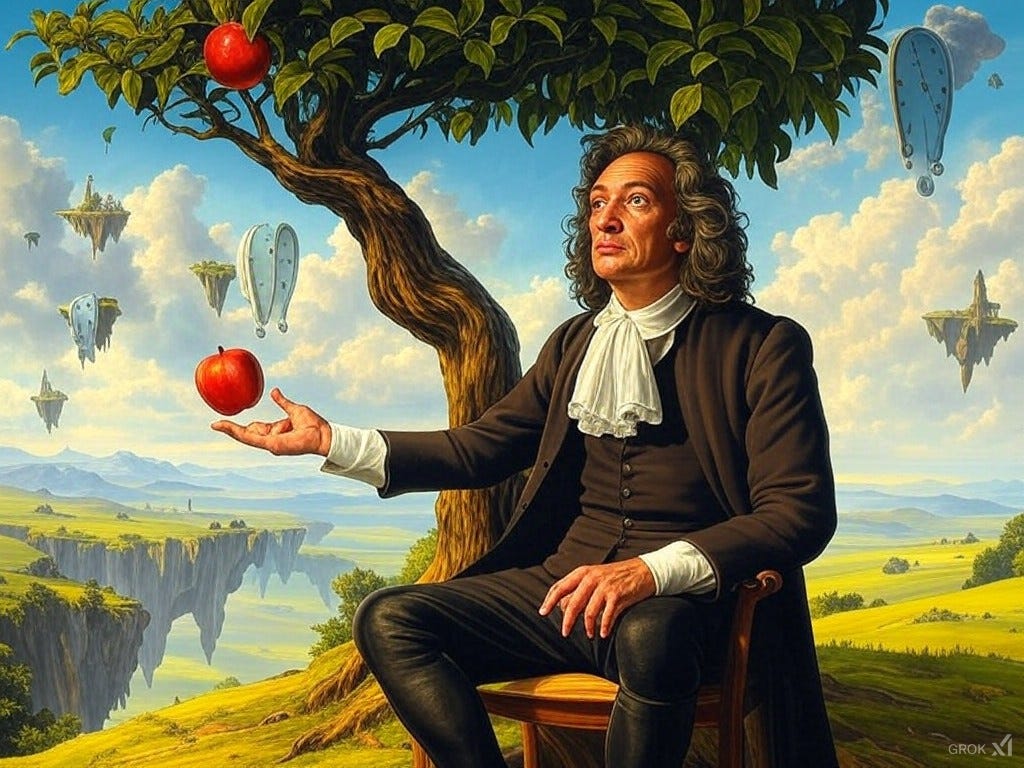Transformers and Holography: How AI Models Capture the 'Whole in Every Part'
Explaining how the FFN is able to process each token independently due to it taking as input contextually aware vectors, thanks to the holographic nature of self attention.
Have you ever wondered how transformers, the backbone of modern AI language models, relate to holography? To understand this connection, let's first delve into an intriguing aspect of holography known as the "whole in every part" principle.
Holography and the "Whole in Every Part":
In holography, unlike traditional photography, if you cut a hologram in half, or even into quarters or eighths, each piece will still generate the whole holographic image when you shine a laser on it, albeit at a lower resolution. This is different from a photograph where, if you only have an eighth of it, you wouldn't know what's in the rest of the image.
Application in Transformers:
Similarly, in transformer models, this principle is mirrored by the self-attention mechanism. Here, each word or token in a sequence isn't processed in isolation but gains awareness of its context through interactions with every other token. This means each token becomes a "holographic" representation, carrying not just its own meaning but also echoes of the entire sentence or context.
To illustrate how this works, let's consider the prompt, "What did Newton realize when an apple fell from the tree and hit him on the head?"
Embedding Layer:
Here, each word starts as a simple 3D image of itself. "Apple" is just an apple, "tree" is just a tree, and "Newton" is just Newton.
Self-Attention Mechanism:
These 3D images are then fed into the self-attention layer, which acts on the whole sequence at once:
"Apple" no longer stands alone; it now has a less vivid but significant presence of the tree and Newton. This vector becomes a holographic image where the apple is central, but with shadows or impressions of the tree from which it fell and the person it hit. While each vector now includes context from the whole sequence, the primary token remains the central focus, with contextual elements providing additional depth.
Similarly, "Newton" now includes faint images of the apple and tree, encapsulating the scene where he's pondering under a tree.
Why This Matters for Transformers:
This "holographic" approach is crucial because it allows the subsequent Feed-Forward Network (FFN) to operate effectively. The vectors, now enriched with context from the self-attention mechanism, are ready for the FFN, which processes these tokens independently but can only do so with meaningful results if each vector already embodies the context of the whole sequence. Without this context, the FFN would struggle to make sense of individual tokens in isolation.
The Major Innovation of Transformers:
It's vital to understand that the self-attention mechanism, or our "hologram-making machine," doesn't work on tokens one at a time. Instead, it takes the entire sequence of tokens (3D images) as input simultaneously, processing them together to create context-aware vectors. This is fundamentally different from how the FFN operates:
FFN's Operation: The FFN, in contrast, processes these now contextually rich or "holographic" vectors one at a time. Each vector, having been transformed by self-attention to embody the "whole in every part," can be independently processed by the FFN because it already contains the necessary context from the entire sequence. Remember, this is an analogy; the transformer's actual operations are mathematical and involve vector manipulations, not light.
Why This Works: Without this holographic nature imbued by self-attention, where each vector holds a piece of the entire sequence's context, the FFN would be back to the limitations of RNNs or LSTMs, where processing is sequential and lacks the parallel, global context understanding. The self-attention mechanism computes each token's relationship to all others in parallel, allowing for simultaneous context awareness across the sequence.
Understanding the FFN:
The FFN doesn't manipulate holograms; it works on vectors enriched with contextual information from the self-attention mechanism, treating each as if it were a 'hologram' of the whole sequence. In reality, the FFN consists of multiple layers where each might expand, transform, and then reduce the dimensionality of the data, enhancing it with learned features. It can be thought of as two prisms:
The first transformation expands this holographic light into a higher-dimensional space, exploring complex patterns or features.
The second transformation refocuses this enriched light back into the original dimensionality, now with added context.
After passing through the FFN, the "apple" vector not only shows the scene but also how this scene relates to broader concepts like gravity, enlightenment, or scientific discovery.
Keep in mind, while this analogy applies broadly to transformers, different models might implement these concepts in varied ways.
In conclusion, the transformer architecture uses a method akin to holography's 'whole in every part' principle to understand language comprehensively. By making each word aware of the entire context, transformers can process language in parallel, providing both efficiency and depth in understanding. This innovative approach has revolutionized how we think about and implement neural networks for language processing.




